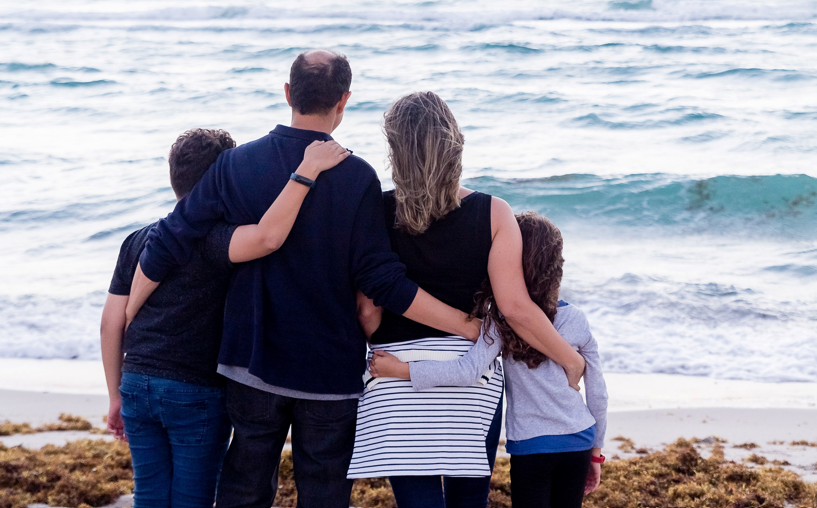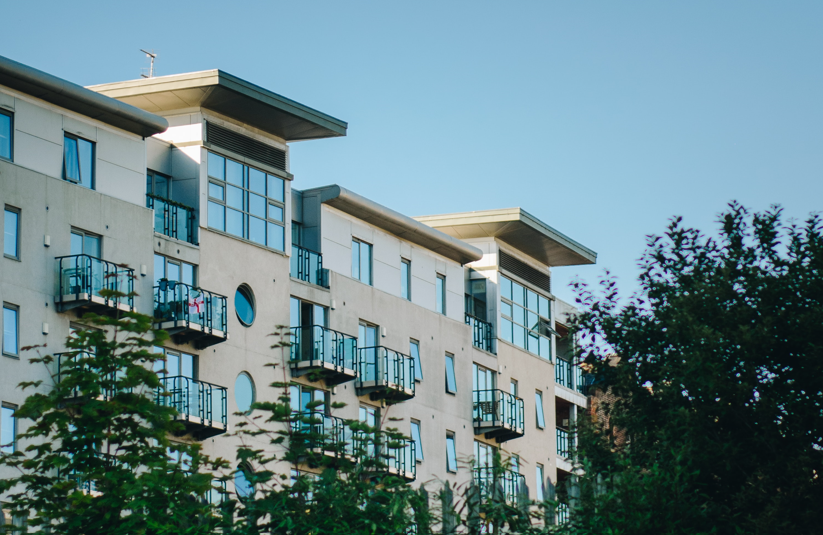By Olev Edur
I’m a 71-year-old widow with an income of about $26,000 a year consisting of Canada Pension Plan (CPP) and Old Age Security (OAS) benefits and a small survivor’s pension. I’ve paid off my mortgage, and this income is adequate for my needs. I also have $200,000 in a RRIF and will soon have to start making withdrawals. I don’t need the money, so I plan to put some into a tax-free savings account (TFSA), but I’m wondering if I should take out more than the minimum and start giving the money to my 30-year-old daughter. She just gave birth to her second child, and she and her husband are struggling to live on his salary while she takes care of the kids. If I have a lot of money left in the RRIF when I die, it’s going to go to the government rather than my daughter, but I don’t want to leave myself short down the road.
Since your current income comprises government pensions plus a private pension, it should be secure over the long term. However, while you may not need that RRIF income now, prices for everything keep rising, and inflation is a major consideration. Moreover, while you’re in good health now, you may at some point become less healthy and need ongoing care. How much will that cost?
Inflation
Inflation is unpredictable, but both CPP and OAS benefits are indexed, providing you with some protection against rising prices. If that other pension is also indexed, so much the better. On the other hand, the indexation formulas these plans use generally don’t take everything into account, so it’s wise to add a margin of safety.
As for needing personal care in the future, that’s another unknown, but you can get an idea of your prospects through discussions with your doctor based on your own health and your family’s medical history. In his book Retirement Income for Life (Milner & Associates, 2018), Frank Vettese writes: “The majority of people will never need long-term care and many of those who do will need it only for a relatively short period of time, like one or two years.”
Based on your letter, you seem to have enough wealth to afford giving some to your daughter. The questions are how much to give and how best to give it.
RRIF
If you take too much from your RRIF in a given year, it’ll push your income into a higher tax bracket. In your home province of Alberta, the lowest marginal rate of 25 per cent applies on income up to about $50,000, but the next $50,000 is taxed at 30.5 per cent.
If you were to take $20,000 from the RRIF over a number of years (rather than the age-72 minimum of about $10,800), it would all be taxed at the lowest marginal rate.
TFSA
You should continue to move money into your TFSA until you’ve reached the lifetime cumulative limit and contribute the maximum every year after that. Then, given that you own your home and will have a sizable amount in TFSAs, you might be able to give as much as one-third or even one-half of what remains of that $200,000 RRIF to your daughter over the next several years without jeopardizing your financial security.
I suggest that you discuss the matter with a financial planner, who can help you plan while taking into account all the variables that apply in your circumstances.
Photo by Patricia Prudente on Unsplash






